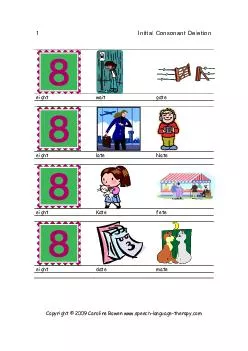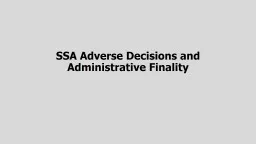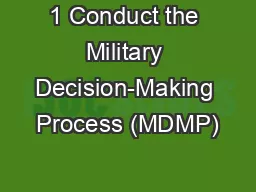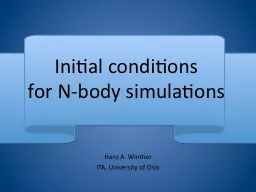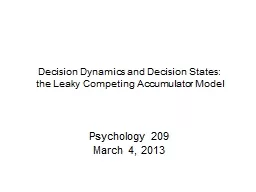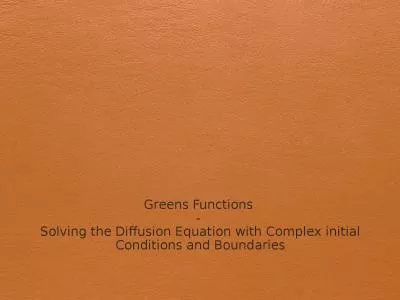PDF-Initial Decision Release No
Author : bethany | Published Date : 2020-12-07
1167 Administrative Proceeding File No 3 16349 UNITED STATES OF AMERICA Before the SECURITIES AND EXCHANGE COMMISSION Washington DC 20549 In the Matter of Barbara
Presentation Embed Code
Download Presentation
Download Presentation The PPT/PDF document "Initial Decision Release No" is the property of its rightful owner. Permission is granted to download and print the materials on this website for personal, non-commercial use only, and to display it on your personal computer provided you do not modify the materials and that you retain all copyright notices contained in the materials. By downloading content from our website, you accept the terms of this agreement.
Initial Decision Release No: Transcript
Download Rules Of Document
"Initial Decision Release No"The content belongs to its owner. You may download and print it for personal use, without modification, and keep all copyright notices. By downloading, you agree to these terms.
Related Documents


